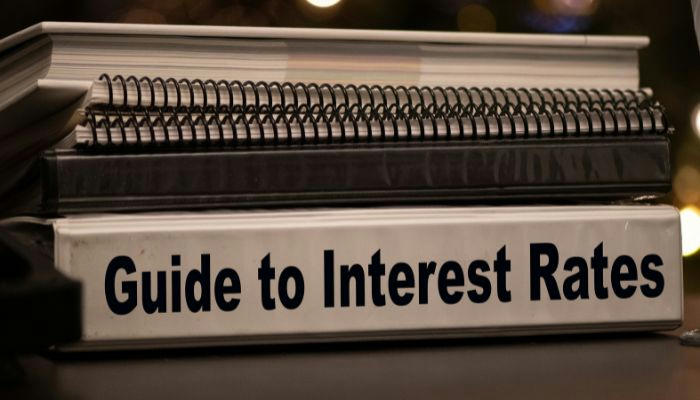Interest Rate Shifts: How They Quietly Shape Daily Finances
Interest rates may seem like a distant concept reserved for economists and policy makers, but they shape everyday decisions more than most realize. From how much a household earns on savings to what it costs to borrow, shifts in interest rates ripple through nearly every corner of personal finance.
Understanding these changes doesn’t require a financial background. It simply means being aware of how the economy affects familiar financial tools—like savings accounts, loans, and even credit cards—and what steps can help protect or improve your situation when rates move.
What Triggers Rate Changes?
The Federal Open Market Committee (FOMC), a panel of monetary policymakers, meets regularly to adjust a key benchmark called the federal funds rate. Their decisions are based on the current state of inflation, employment, and general economic conditions. When they adjust this rate, it affects banks, and those changes quickly reach everyday consumers.
Savings and Everyday Accounts
When interest rates drop, so does the return on savings products. Accounts that once offered generous interest may quietly scale back.
High-Yield Savings: Often the first to change. A 4% rate can drop noticeably after an FOMC decision.
Money Market Accounts: These also follow the rate cycle closely.
Standard Checking Accounts: Typically offer minimal interest and are less sensitive to changes, but some premium versions may be affected.
Savers looking to make the most of their funds may want to track which accounts adjust rates quickly and which maintain consistency.

Fixed Returns: The Role of CDs
Certificates of Deposit (CDs) offer fixed returns over set periods. When interest rates are high, locking in those rates through a CD can be beneficial. But when rates are falling, future CDs may offer less attractive returns.
For individuals managing retirement planning or setting aside funds for future goals, timing CD purchases before rates fall may help maintain expected yields.
Borrowing and the Cost of Credit
Interest rate changes also affect what it costs to borrow—whether for home improvements, a new vehicle, or consolidating existing debt.
Personal Loans: When rates rise, monthly payments can increase, especially on variable-rate loans.
Credit Cards: These usually carry high interest rates already, and rate hikes can make balances more expensive.
Mortgages: Although tied to broader market conditions, mortgage rates generally rise or fall along with the central rate. A higher rate can make monthly payments noticeably larger.
Credit history remains the strongest factor in determining loan offers. Even when market rates rise, borrowers with strong credit can often secure more favorable terms.

Investing in Uncertain Times
The stock market often responds positively to falling interest rates, as borrowing becomes cheaper for businesses and consumer spending tends to increase. While this may benefit long-term investors, market reactions can vary by sector.
Diversified portfolios, such as index funds or mutual funds, tend to reflect broader trends and may experience moderate shifts as interest policies change.
Adapting Financial Habits
Understanding rate movements can help households adjust their financial plans thoughtfully:
Review Savings Accounts: Ensure funds are in accounts offering competitive rates.
Check Loan Terms: Fixed-rate loans offer stability, while variable loans can swing with the market.
Track Spending and Repayment: Rising credit costs make on-time payments even more essential.
Use Budgeting Tools: Apps or spreadsheets can help maintain a clear picture of changing monthly expenses.
Planning ahead helps smooth out surprises. For those managing growing expenses or life transitions—like relocating, supporting family, or building emergency reserves—adapting early can offer peace of mind.
Closing Thoughts
While interest rates may rise or fall based on national policy decisions, individuals can still take steps to respond effectively. Monitoring how these changes affect loans, savings, and investments gives more control over long-term goals.
By staying informed and making careful adjustments, it’s possible to maintain stability and make meaningful financial progress—regardless of which way the rates turn.
